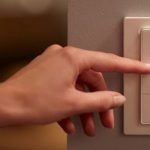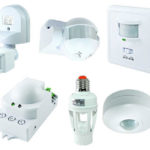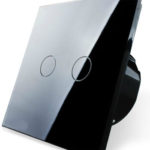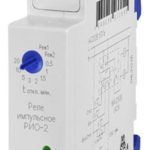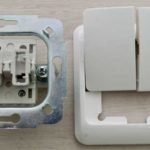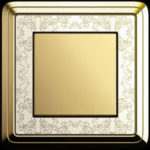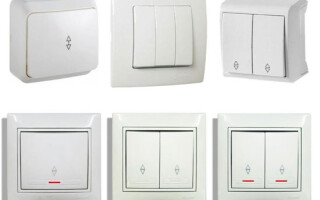Every owner of an apartment or house wants to maximize the comfort of your time in your home and make your stay indoors carefree and comfortable. A large number of different light fixtures combined with a large living space can lead to inconvenience turning lights on and off when moving from one room to another. To help solve this problem and to simplify life were invented the pass-through switches.
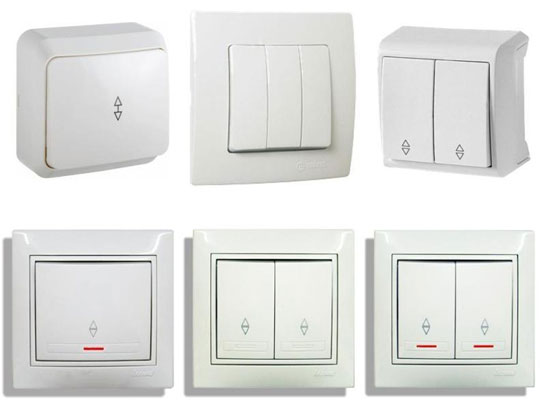
Synopsis of
What are the threshold switches for?
On/off switches - A solution that has been used successfully for many years now in lighting applications. They can be used to turn the same light on and off from several points in a room. This allows, for example, a person entering a corridor to turn the light on at the beginning and turn it off when they leave the corridor in another part of the room.
There are other ways to simplify the control of light in different parts of the room (sensors, sensors), but the advantage of the loop-through switches is the simplicity of installation, the reliable operation under all conditions and the relative cheapness of this solution.
Such methods are widely used both in country houses and in residential premises of apartment buildings. Depending on the habits and needs of the inhabitants of the room, the switches can be mounted in corridors, at the entrance to the rooms, by the beds or resting places and in other places as desired.
How switches work and how they differ from normal switches
Function of standard wall switches Standard wall switches lighting is based on the disconnection or connection of the supply phase.
Please note! According to the rules of PUE, it is necessary to break the phase and not the zero.
This is important for the safe operation of lighting fixtures and the absence of voltage on them when turning off with a switch. A normal switch has two contacts: one to connect the supply phase and one to connect the lighting fixture. The switch has two positions: "on" and "off".
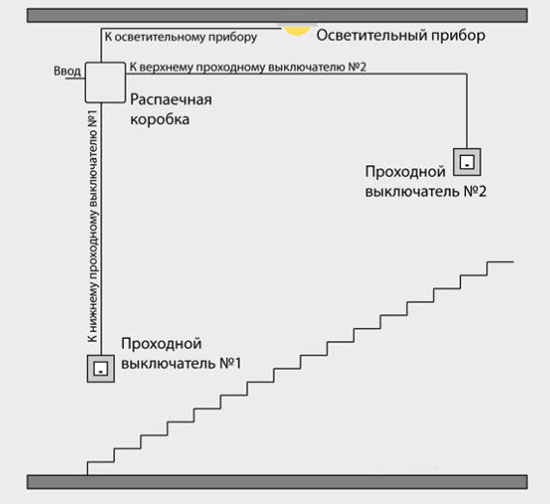
The feed-through switch has the same size and appearance (to match any interior and any color), but structurally somewhat different from the usual: it has no "off" position and has 3 contacts for the connection of outgoing conductors. Such a device is mounted in pairs with another switch of the same type. In a feed-through switch there is no break in the circuit, but a phase is switched from one contact to another.
Principle electrical schemes for lighting control
Consider schemes for installing switches for a single device at different points in the room, as well as the control of several groups of lighting devices from several locations.
Lighting control from two places: two loop-through switches
To control lighting fixtures from two locations, a system of two single-pass switches and the necessary length of wire is assembled. The neutral conductor is connected to the light fixture. And to the first switch, on its input contact, bring the phase. The two output contacts of the first switch are connected to the two outputs of the second switch. And from the input of the second switch, the phase is drawn to the light fixture.
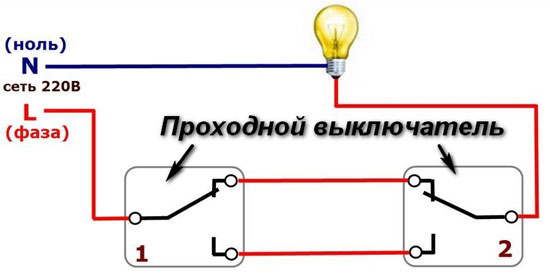
For example, we have two switches. Let's call them On1 and On2. Each of them has three contacts: #1, #2, #3 and #1', #2', #3' respectively. Then the phase wire is connected to contact #1' On2 and the wire from the lighting fixture is connected to contact #1 On1. Contacts No.2 and No.2' are connected to each other, and the same is done with contacts No.3 and No.3'. This is the principle of phase switching from one contact to the other, and hence the ability to operate pass-through switches.
This diagram is presented for switching lights from two locations. Schemes for systems of three, four or more places look more complicated, but the principle of operation remains the same.
Scheme for controlling lights from three or more places: the use of cross switches
The method of switching lights from three or more places differs in the fact that a special cross switch is added to the circuit. Structurally, such a device has two contacts on the input and two contacts on the output, which allows it to cross contacts. It can be placed at any convenient point in the room between the two single feed-through switches. The phase is fed to the input contact of the first feed-through switch, its two outputs are connected to the outputs of the crossover switch. From the two remaining outputs of the switch, the wires are pulled to the outputs of the second switch, and from its input connect the lighting device (To which the neutral conductor is already connected). It sounds complicated, but it is actually quite simple.
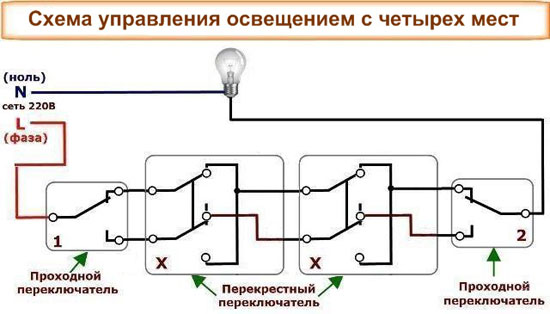
Independent control of two or more lights: wiring diagrams for two and three-way switches
Sometimes there is a need to control several lamps from different points in the room. For this purpose, it does not make sense to install separate pass-through switches for each lamp, because you can use two- or three-key options. Two-way switches have two inputs and four outputs, three-way switches have three inputs and six outputs.
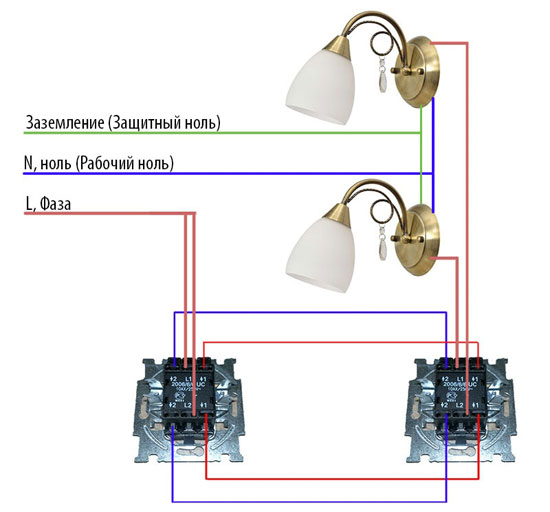
According to the layout of the lighting fixtures, installation of wiring, junction boxes and preparation of points (sockets) for installing the switches. The connection is similar to that of the loop-through switches for a single light fixture. In this case, due to the complexity of such a system and the large number of conductors, it is best to make a connection guided by a previously drawn diagram and plan of the location of lighting fixtures.
If it is necessary to switch two groups of lighting fixtures from three points, two two-way two-way switches and one double cross-over switch are used. Such a switch has eight contact groups: four are used for one light and four for the other.
Mounting recommendations
Loop switches are a convenient way to control lights in spacious living areas. But despite the fact that their wiring scheme is easy enough, still some knowledge and skills in electrical engineering during the installation will not be superfluous.
The most difficult process for the installer is the installation of concealed wiring to the future installation points of switches and lighting fixtures from the junction boxes. For this type of work you need to be skilled at cutting through walls and using special tools (diamond saw with diamond discs, a hole punch, an industrial vacuum cleaner). Finishing the work on laying electrical cablesCompleting the work of laying electrical cables, be sure to test all lines for breaks and correctness of connections, and for this you will need a multimeter with a diode switch. But any switches, including loop-through, finally mounted only after all the finishing work.
The best way to choose a routing circuit breaker is to go with reputable foreign manufacturers of electrical products: Legrand, ABB, Sneider Electric. But if the budget is limited, you can buy domestic options.
And most importantly, remember: electricity - danger to life, all work only when the power is turned off and with the observance of electrical safety rules!
Related articles:
